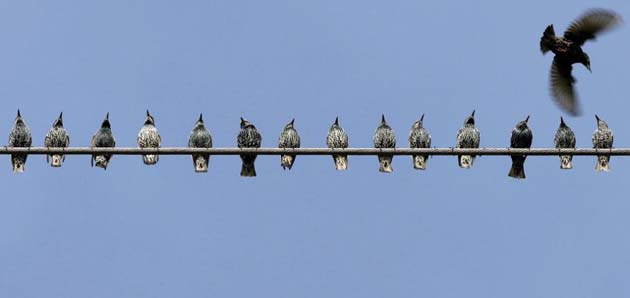
Poking around in the backyard, I came upon a large pile of ... something. It looked vaguely woody, with cool colors outlining its shape. Underneath it was an almost completely deteriorated log. It looked so much like wood, in fact, that at first I thought it was some kind of diseased wood. A closer look yielded the truth: this was a type of bracket fungus, helpfully decomposing some long-fallen tree limb and returning some nutrients to the yard.
Searching for similar images online, I came upon the always helpful Mushroom Expert, who helpfully informed me that what I had found was a "Turkey's Tail". Or that it wasn't. I really wanted to just call it a Turkey's Tail and have it at that. After all, it's been awhile since I posted, I just wanted to have an answer and be done with it. My natural inquisitiveness (that is, my inquisitiveness about nature) sat me down and convinced me to take a closer look at this fungus fruiting body.

Following the Mushroom Expert's schematic, I started having doubts when I came to the texture of the mushroom's cap. When I ran my thumb over the cap it didn't feel fuzzy exactly. I could kind of convince myself that maybe, perhaps, the sensation I was feeling could possibly be construed as fuzziness. But it wasn't really. It felt like rubbing your thumb on a piece of wood cut across the grain, not fuzzy but you can feel all of those little fibers. I snapped a piece off to take a look at the pore structure on the bottom. It seemed liked the pores were small, but I didn't measure. I was forlorn, at a loss--was this a Turkey's Tail or not?
The true Turkey's Tail--Trametes versicolor--belongs to the genus Trametes, which seems to be made up of saprobic bracket fungi, often exhibiting concentric rings of varying colors. The colors on the cap evoke the colors on a spread turkey tail, thus the name. How the common name became associated with T. versicolor and not one of the other Trametes spp., or, indeed, for the genus as a whole, I could not determine. But as the Mushroom Expert notes, people looking for other mushrooms, or other things entirely, might not stop to discern whether or not a pile of decomposing wood with a multicolored woody growth sprouting from it is in fact a T. versicolor. And while some clues weren't adding up, I was still fairly certain that that's what it was, because, I mean, it just looks like a Turkey's Tail!

A glance through some more image searching for various Trametes spp. turned up a photo on the Encyclopedia of Life that looked very similar to "my" mushroom and other photos of T. versicolor. The caption, however, called this Trametes ochracea. T. ochracea, T. ochracea, where had I heard that before? Oh yeah, at the very bottom of Mr. Mushroom Expert's schematic as the final option (which I take to mean "the most similar") of Turkey's Tail lookalikes. And the test between the two species: Is the fresh mushroom rigid and hard, or thin and flexible? Please, Dear Reader, recall that to look at the underside of the cap I had to "snap" a piece off. Rigid and hard! (That might yield some interesting hits.) T. ochracea! QED!
As this was going to press, I thought I would do one last internet search to find out anything unique about these fungi. I was well-rewarded. Not only is this genus one of the few groups of organisms that can successfully break down the lignin in woody plants (the actual substance that makes a plant woody), but, because of this ability to decompose an incredibly complex organic compound, this genus has been noted for its ability to break down a huge list of toxic organic chemicals. On that list? Cyanide. TNT. DDT. Sarin. PCBs. These fungi are silent workers that are responsible not only for breaking down the huge amount of material left in our forests, they also unbegrudgingly mop up our worst messes that might find their way into our soil, plantlife, or water table.

And now, having determined the answer, I left the mushroom to its important work, amazed at the slow, inexorable, and steady engine of the natural world, which would continue whether I had observed it or not. Amazing.
Sources:
Kuo, M. (2005, March). Trametes versicolor: The turkey tail. Retrieved from the MushroomExpert.Com Web site: http://www.mushroomexpert.com/trametes_versicolor.html


















